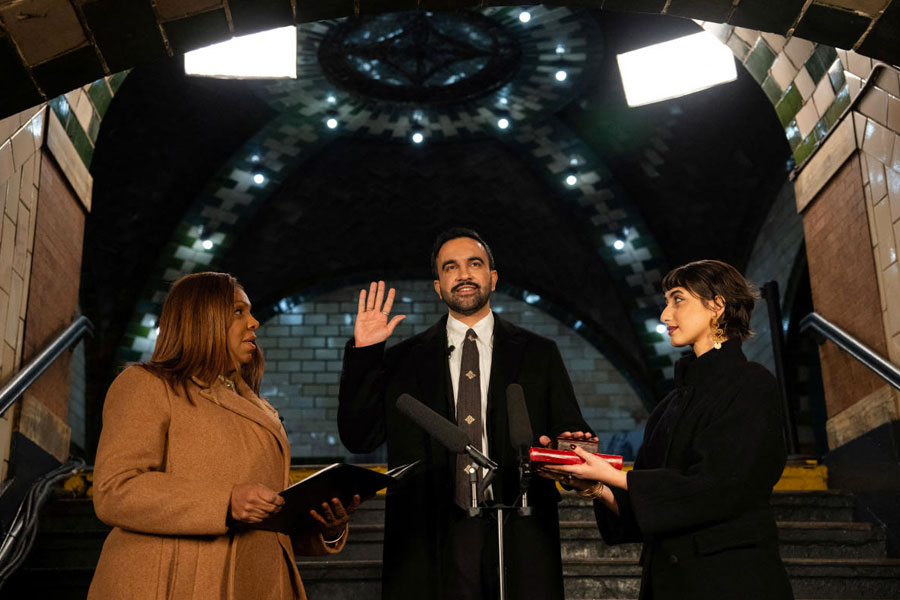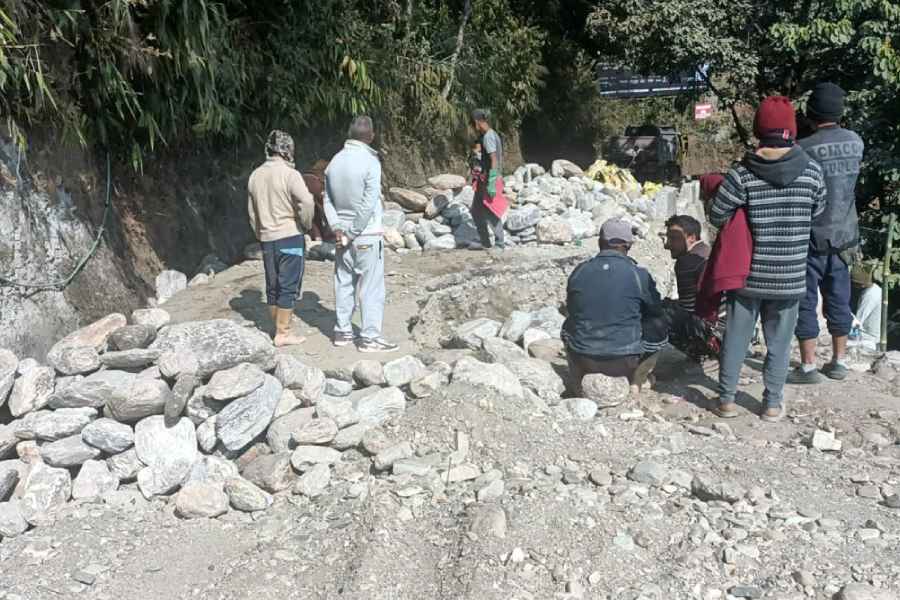 |
| A student learns to use tools on the haptic simulator |
Can there possibly be anything in common between humble vocational training in carpentry or plumbing and sophisticated robotic surgery? Yes — and it is called haptic technology. The same technology that lets a trained surgeon carry out an open heart surgery even if he is away from the operation table could help shape new-age artisans and craftspeople in the country.
According to official estimates, the working population in India would climb to 700 million by 2020. Arming them with skill sets that would enable them to earn a living would be a daunting task, especially since only a quarter would have college degrees. One way would be through the thousands of vocational centres across the country.
The problem is that the standard of teaching at these centres is so poor that the seats never get filled. In fact, according to a 2006 World Bank report, about 6,800 schools that offer vocational courses are utilising only 40 per cent of their full capacity.
The empty seats is what prompted B. Bhavani and her colleagues at the Amrita University in Kerala to take a fresh look at the issue. They were convinced that an infusion of information technology into the training was just what the doctor ordered.
A beginning was made in 2010 when they decided to seek the counsel of Kenneth Salisbury, a professor of medical robotics at Stanford University who is regarded as one of the pioneers of haptic technology, which is an emerging feedback technology that allows a user to use sense of touch or force to operate remotely located objects. The team subsequently set in motion the process of creating content for a new-age virtual classroom for vocational training.
“As far as we know, it is the first ever attempt to use haptic technology for vocational skill development,” Bhavani told KnowHow.
They have so far designed simulators (which allow users to replicate the action of actual tools on a computer screen) for as many as 38 tools. These inexpensive devices come with audiovisual support and can, to a large extent, replace heavy-duty tools and machinery in the classroom.
“These devices make the learning process interesting and safe, without any wastage of material,” says Bhavani. For example, the haptic device that simulates a hacksaw will teach students not only the exact angle at which to hold it but also the amount of force required to cut a wooden beam or a steel pipe. Besides, these virtual devices help students learn faster. More importantly, when students subsequently start working with actual tools, they make fewer mistakes.
In addition to giving learners unlimited opportunities to practise, haptic technology also gives them a no-cost opportunity to learn from their mistakes, says Govind Srimathveeravalli, a researcher specialising in medical robotics at the Memorial Sloan-Kettering Cancer Center, in the US, who volunteered to help the Amrita team.
“Technology needs to be brought into to the classroom to address the large youth demographic in India and provide them with employable skills,” says Srimathveeravalli, who originally hails from Chennai.
A computer-based training approach could make a huge difference to the way vocational training is imparted in India, they say.
The fact that India is home to innumerable monuments that have withstood the vagaries of time and nature for centuries is a sign of the excellent skills that our ancient artisans once possessed. “But the way things are now indicates that there is a disconnect in the way we impart skill training. It’s time we take notice of this shortcoming,” says Bhavani.
Like a good tool — however virtual — it can make an enduring framework.










